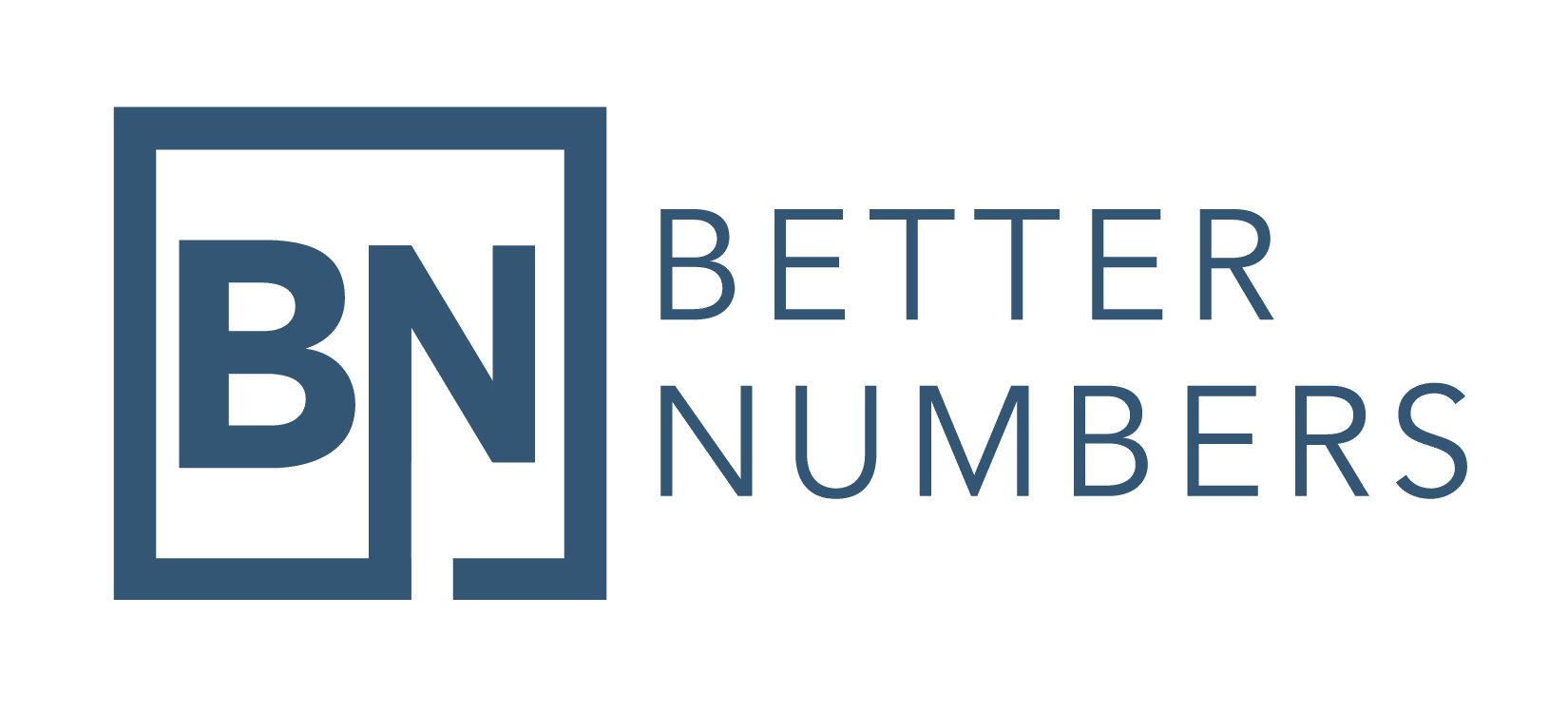Have you set yourself up for success this year?
It’s time to get started.
With the holidays and the Super Bowl behind you, it’s time to get clear about your goals for the coming period. January 1st is an arbitrary date for many business owners. While the New Year comes with a sense of renewal about many aspects of our lives, you aren’t trapped. You can develop and revisit your goals any time.
If you haven’t started yet, now’s the perfect time. Here are 5 things to consider when developing goals for your business.

What’s your environment like?
Consider these 4 questions:
- What are the hard trends impacting your business?
- What are the soft trends impacting your business?
- What’s the environment like in your specific industry?
- What is the environment like in the national economy?
Understanding the environment you are operating in is key to understanding the specific challenges your business will be facing.
Hard trends are “future facts”, events that will impact your business and over which you have no control. These are long-term factors, and a good example is IoT, or the “Internet of Things.” The IoT will continue to connect devices and generate data for the foreseeable future. So, how can your business leverage that trend? Identifying hard trends is the key to learning to think strategically.
Soft trends are not future facts, but are events or factors that may happen and that can be influenced by you. For a business such as a digital marketing agency, a good example is customization. Customization can obviously be influenced by the agency itself. However, it’s very data-dependent — which is why it’s not a future fact because the customer data may or may not be available in the future.
Consider the economy in your plans. Factors such as industry growth rates, employment rates, producer prices, consumer prices and consumer confidence are all important factors to consider when shaping your business strategy.

How do you stack up against your industry?
What are the average margins of similar size companies in your industry? What are the average revenues for companies with similar asset sizes in your industry? How does your company stack up?
Benchmarking can be a worthwhile exercise from time-to-time because it shows what’s working and what’s not working. Effective benchmarking can help to identify areas on which your business needs to focus. Trade publications, the local Chamber of Commerce, Small Business Administration, IBIS World and First Research are all good sources for benchmarking data.
Are your internal processes a well-oiled machine?
There are only three ways to scale a business: people, processes or both. If you’re thinking about hiring people, make sure you’re doing it for the right reasons and not just putting a band-aid on the real problem. I talked about the things you need to consider before hiring here.
Processes and automation are another important area to focus on. Automation accomplishes two things: consistency and time. Back office functions that don’t create any value for your customers but require extra labor on your behalf should be the first places to look. Cloud technologies have democratized the ability to create automation to fit your business model. Anybody can do it.
The bottom line is that your internal processes need to be standardized, documented and automated wherever possible. A great book to read on this topic is The E-Myth Revisited by Michael Gerber. It’s one of my favorites.
Where do you need to focus?
I preach The 4 Pillars of Business Strategy to my clients, which are, in order:
- Customer Acquisition & Sales: Are you generating enough revenue to support yourself and the business?
- Financial Strategy: This considers factors such as cash flow, expense levels and methods of financing. A good example of what it looks like to identify financial opportunities is with the 5-5-5 analysis.
- People & Culture: Do you have the right quantity of the right people while encouraging a productive environment?
- Risk Management: This considers such issues as being well-insured and/or well-diversified.
There is a logical reason for the way these are ordered, and this is also the order in which we work works through them with our clients. You should consider these concepts with the same order of importance, and then narrow your focus to the first area that’s creating a problem for your business.
What do you need to measure?
Once you’ve determined what Business Strategy Pillar you need to focus on, you can brainstorm which KPIs will effectively help measure your progress in this area. Then, you should continuously monitor your progress on a dashboard.
One of the key areas to consider when developing KPIs is: what data sources are available to you? The more data you can collect on your processes, products and customers the better. Then, you will want to store this data for future reference. The more data you can collect and store, the better. This will allow you flexibility in determining KPIs both now and in the future. What you don’t want to happen is to identify which Pillar you need to focus on, identify the perfect KPI and then realize you can’t track or measure it because you don’t have the right software and/or any historical data.
So what?
It’s important to have a plan and a logical way of determining what that plan should be. Then, once you know what the plan is, find a way to measure your progress in turning the business you have into the business you want.
Business is necessarily iterative. Our businesses change. The people working in our businesses change. Products change. Technology changes. The environment around us changes. All of these things are true, and we need a way to work through those changes. Remember, what got you here won’t get you there.
When you’re ready, here are four ways we can help you grow:
- Subscribe to “Accounting for Marketing” e-newsletter featuring your industry’s latest headlines
- Join our growing Facebook group of marketing professionals
- Download “Scaling the Data-Driven Agency” ebook
- Let’s work together! Let’s start a conversation to see if we’re a good fit.




